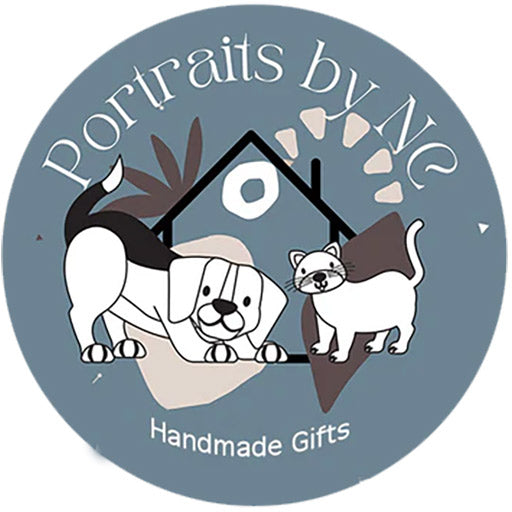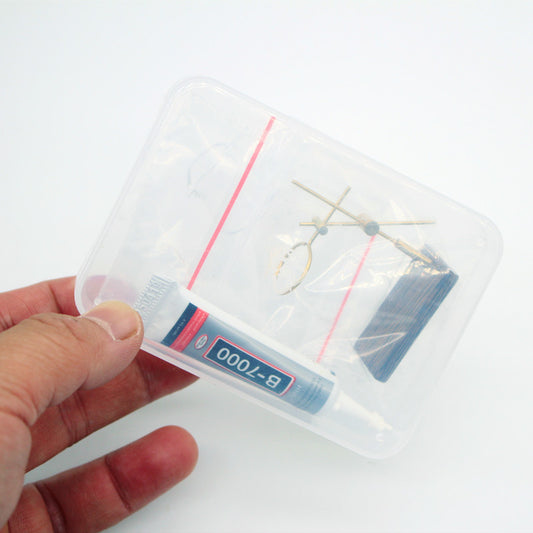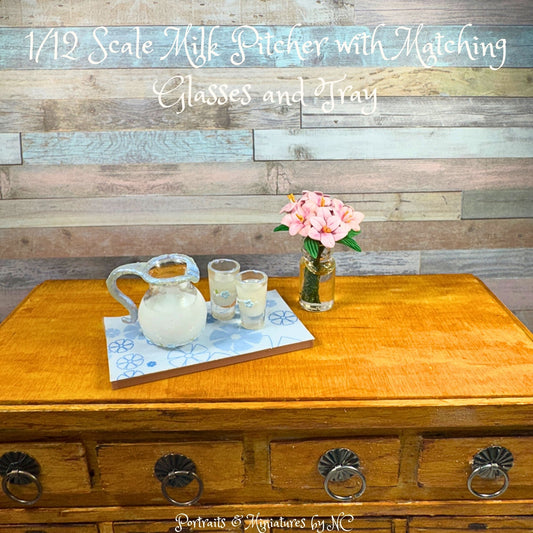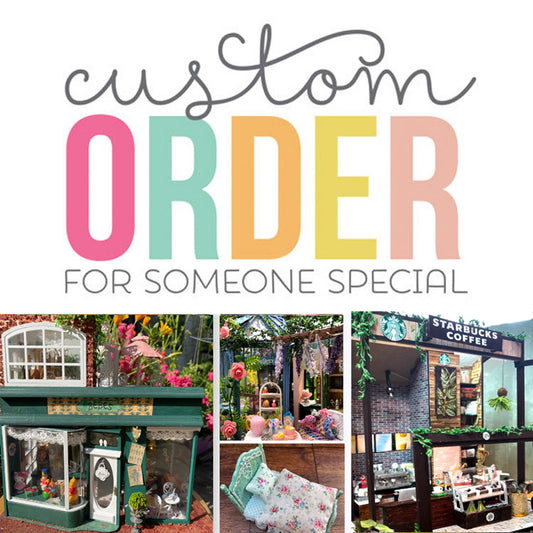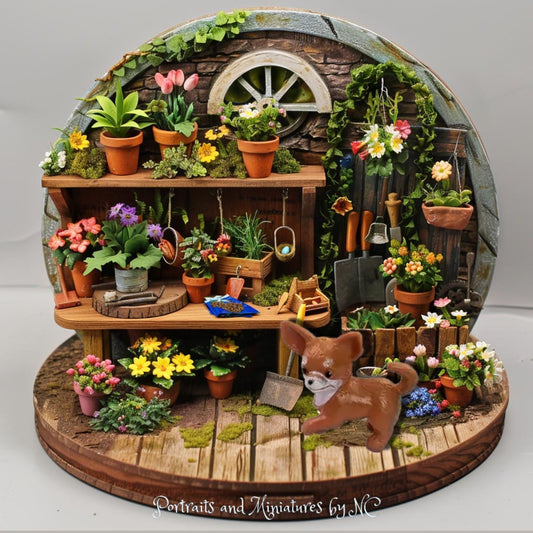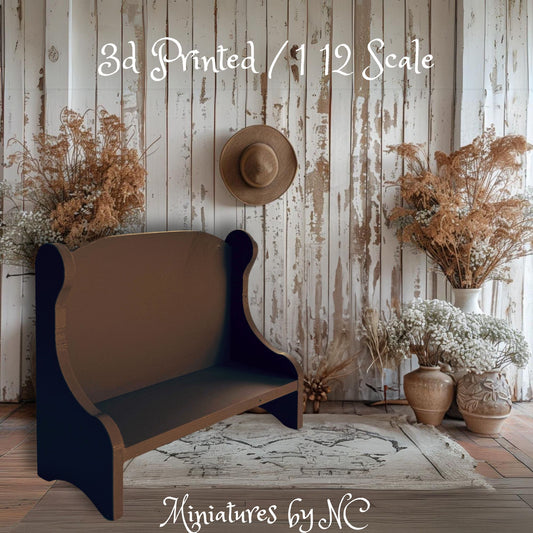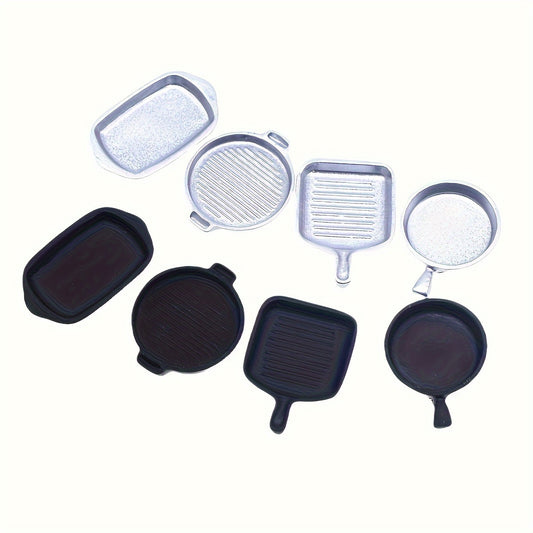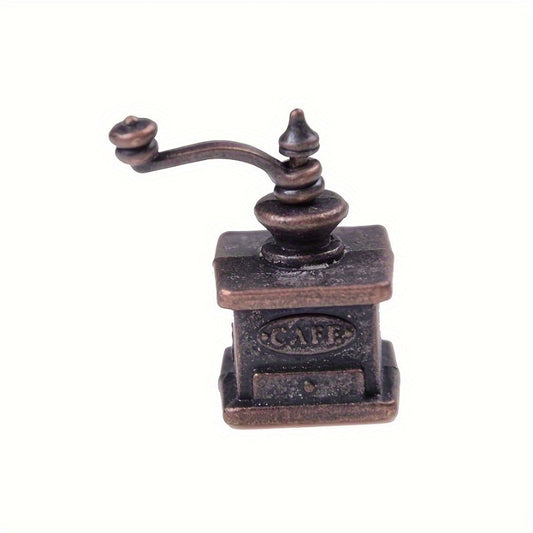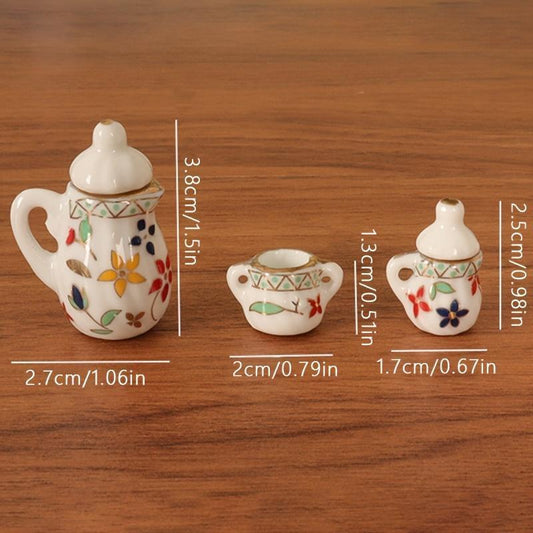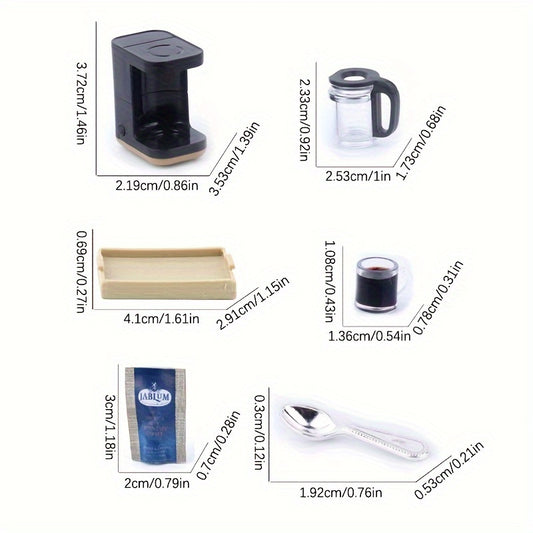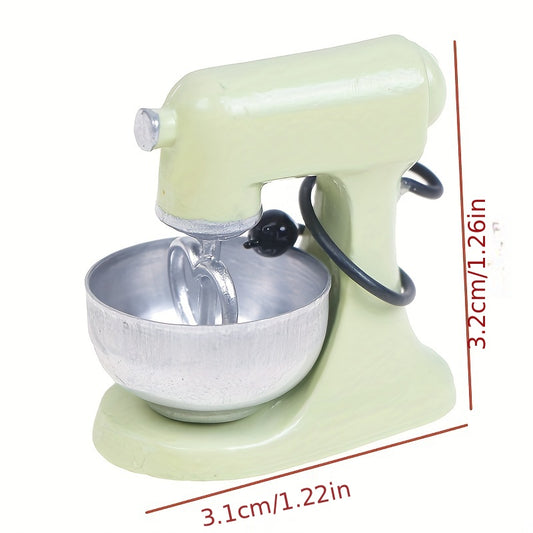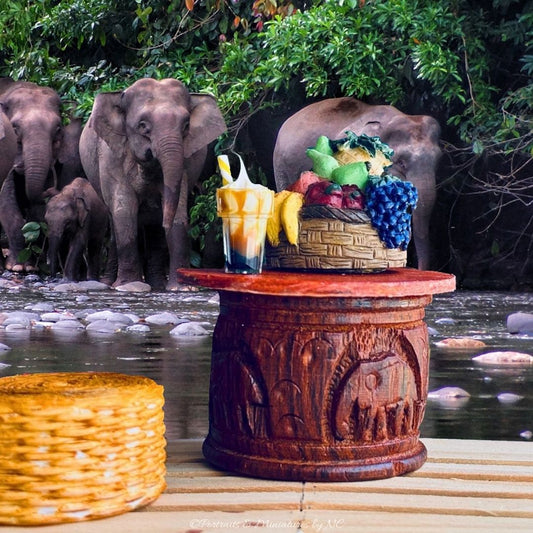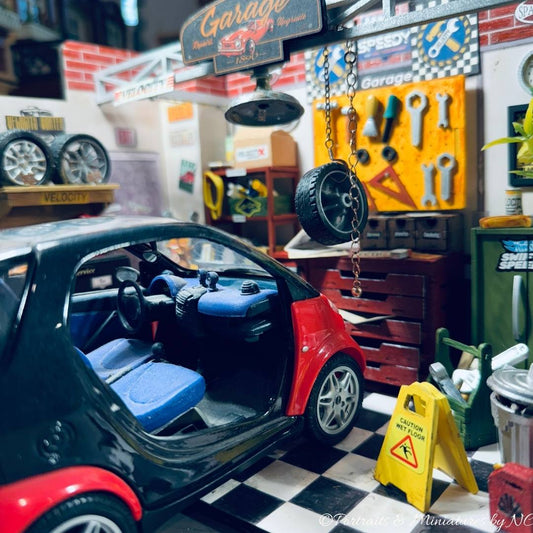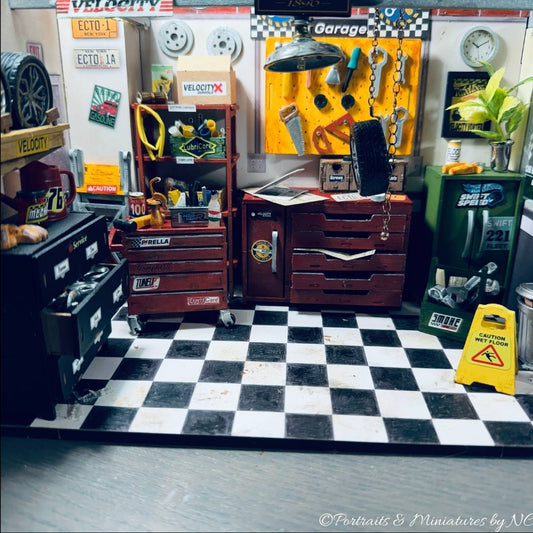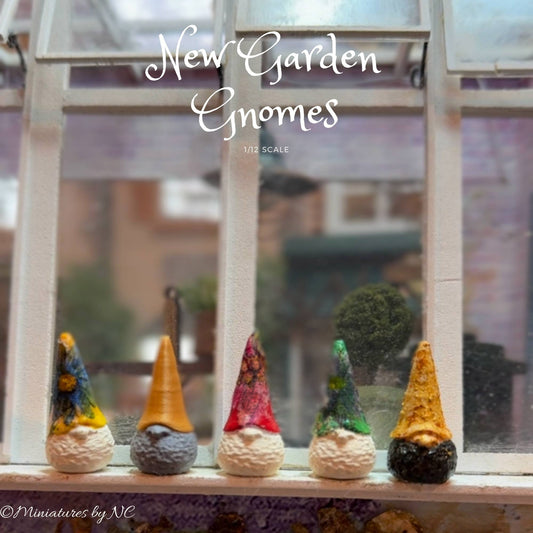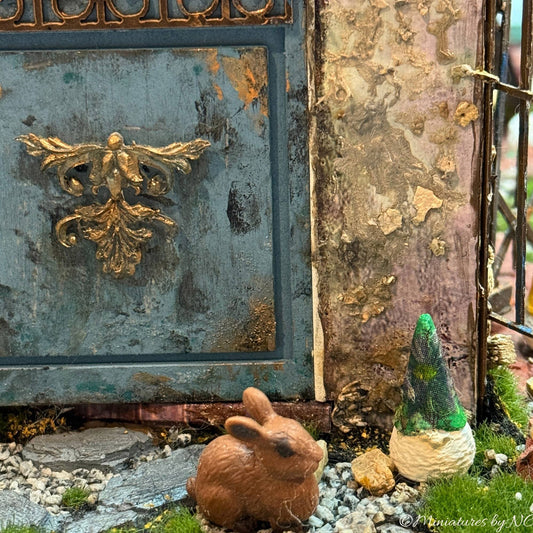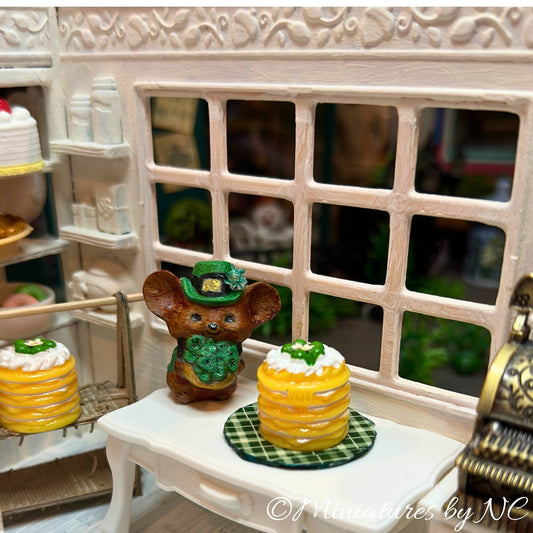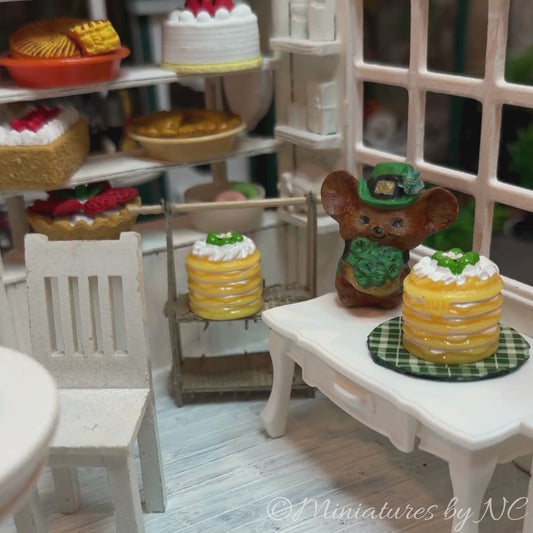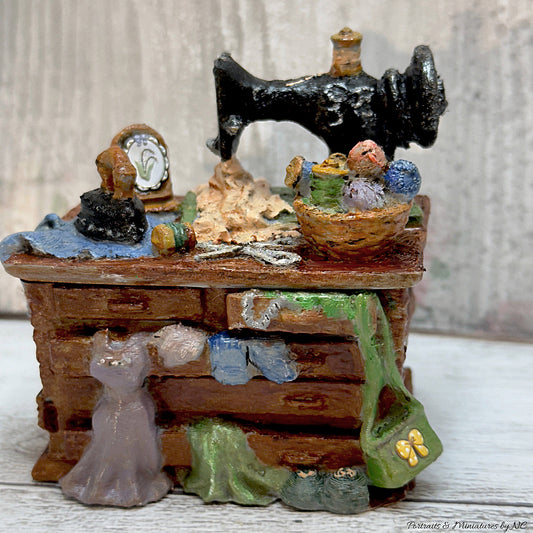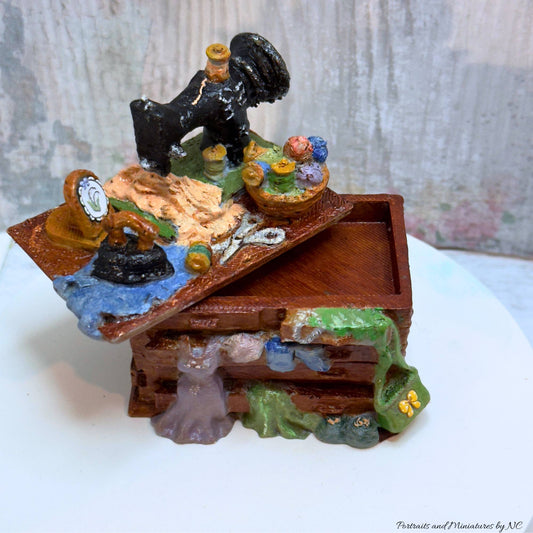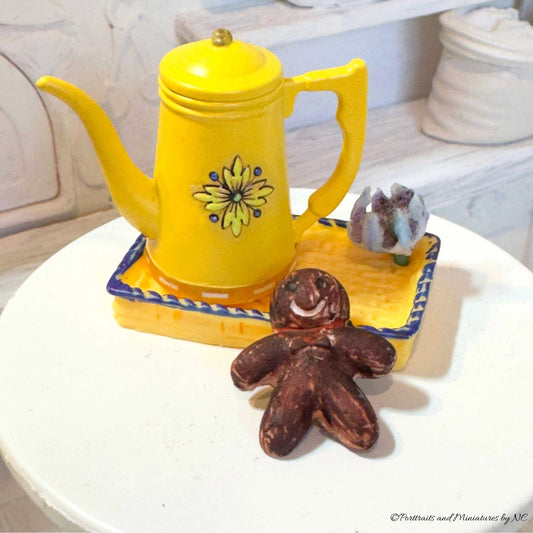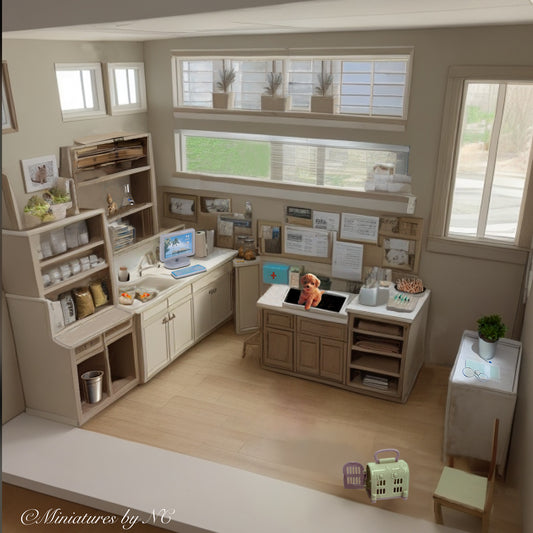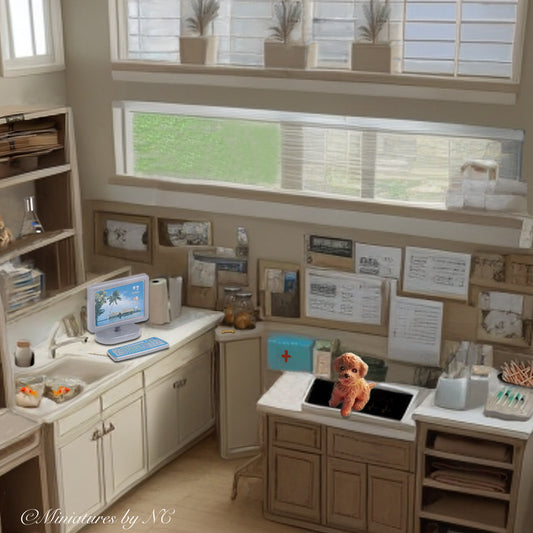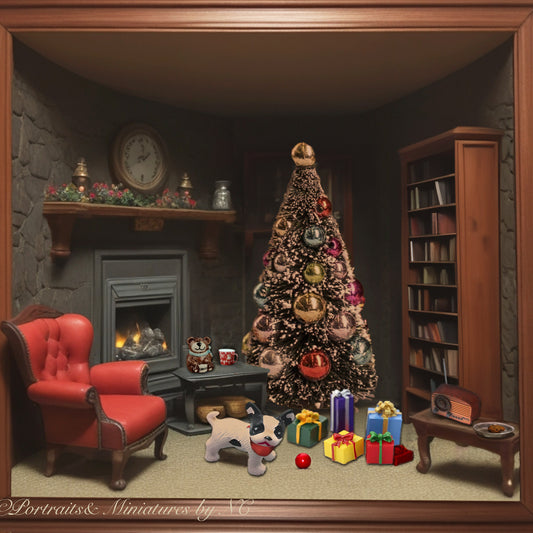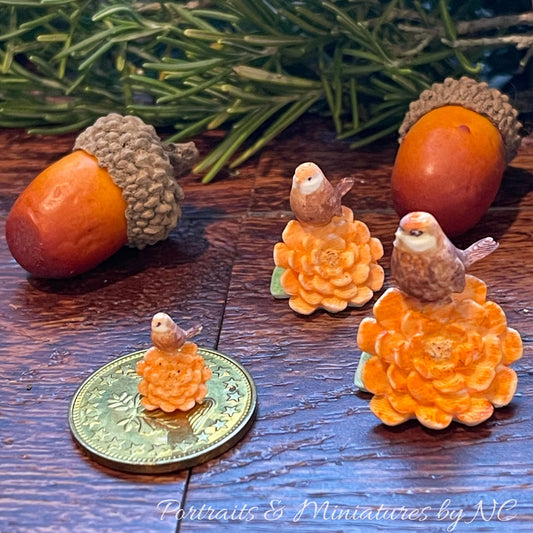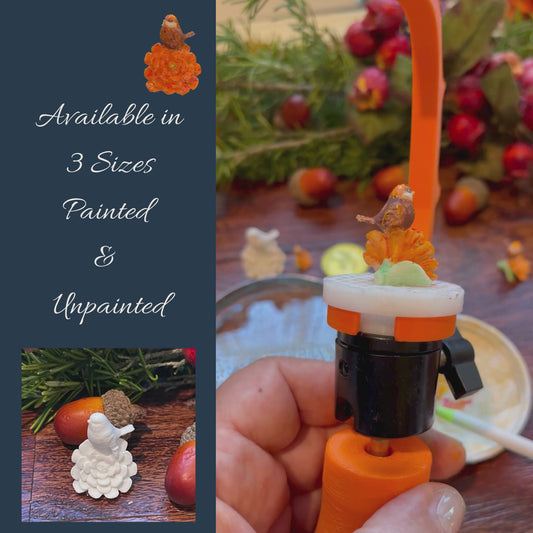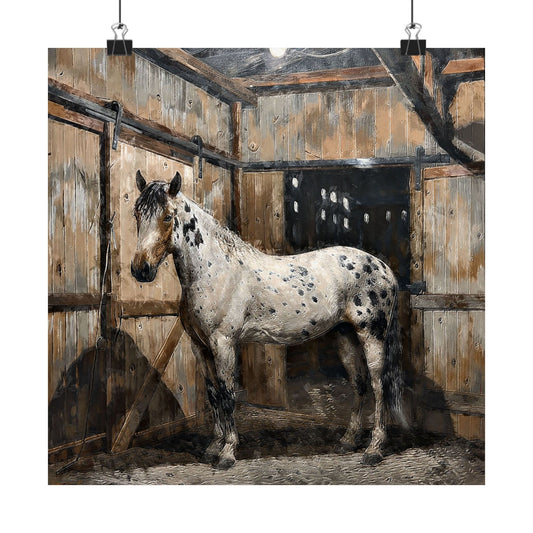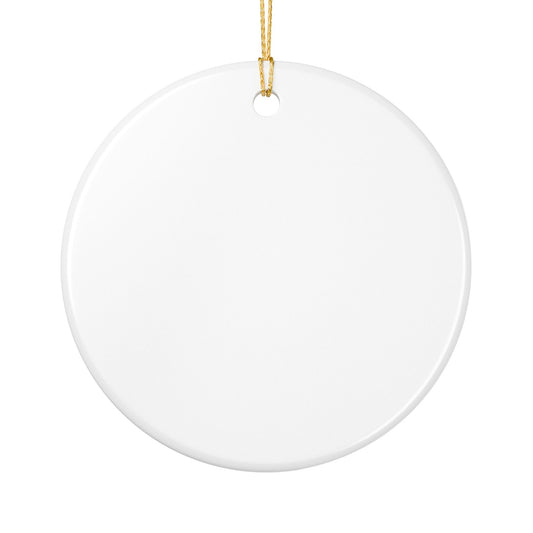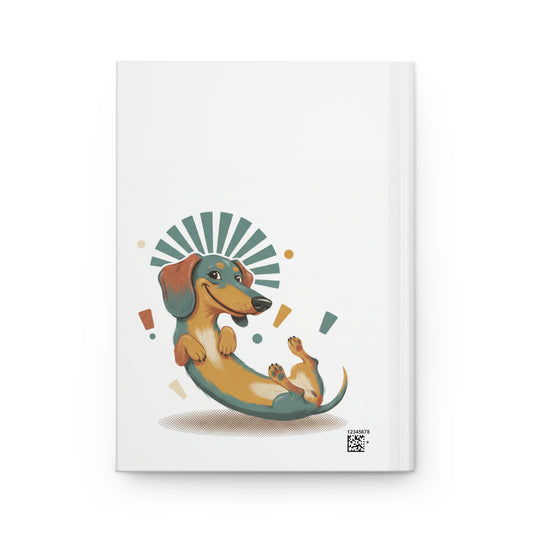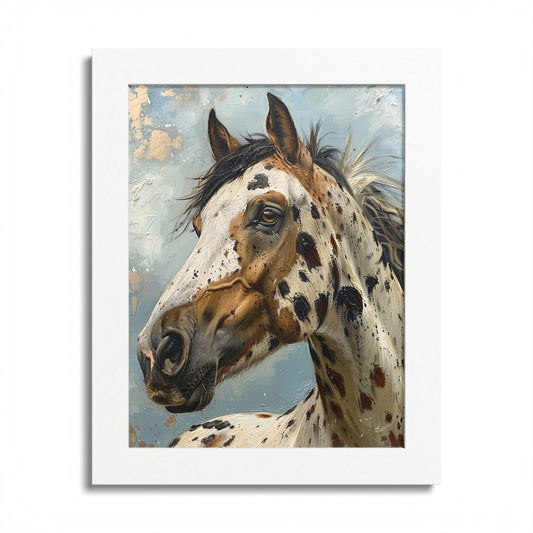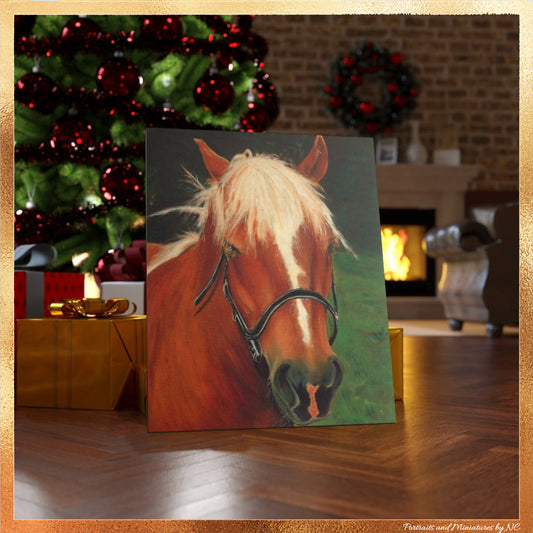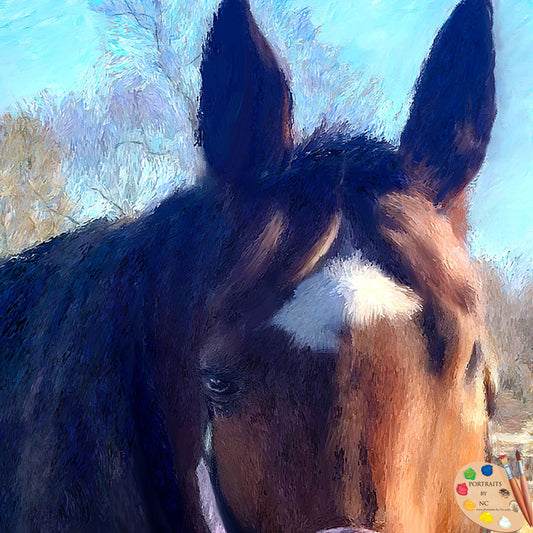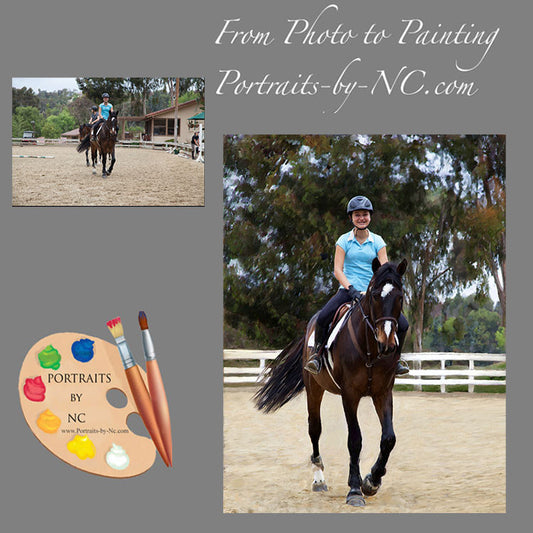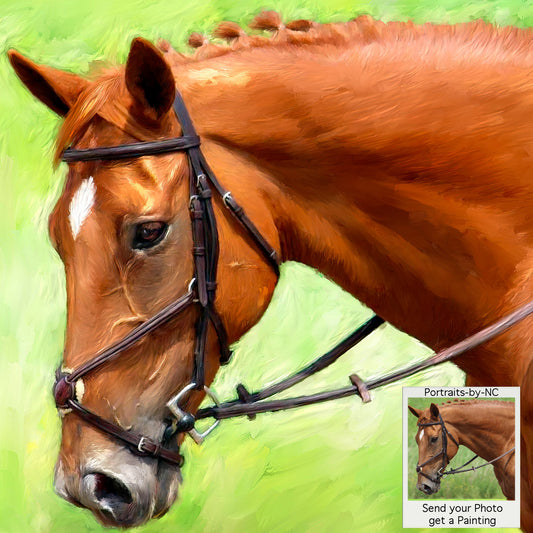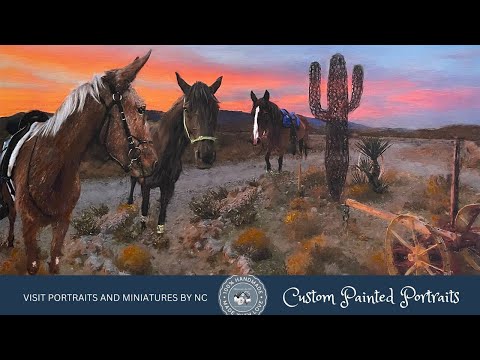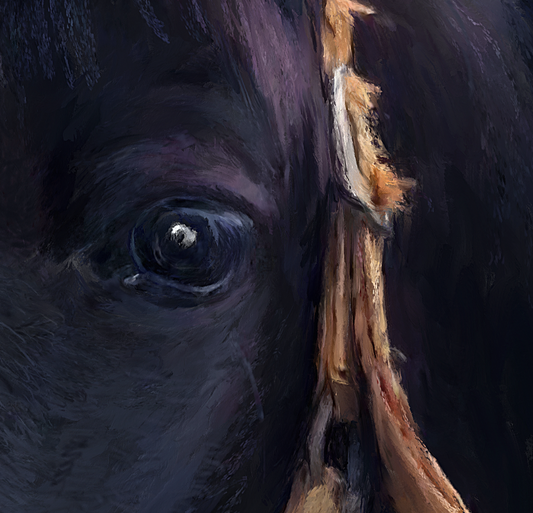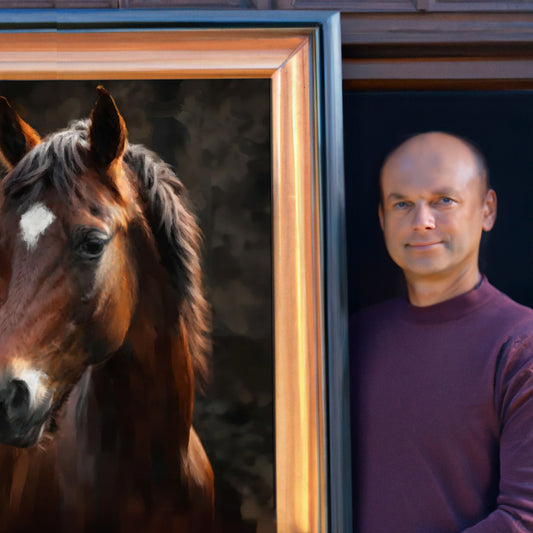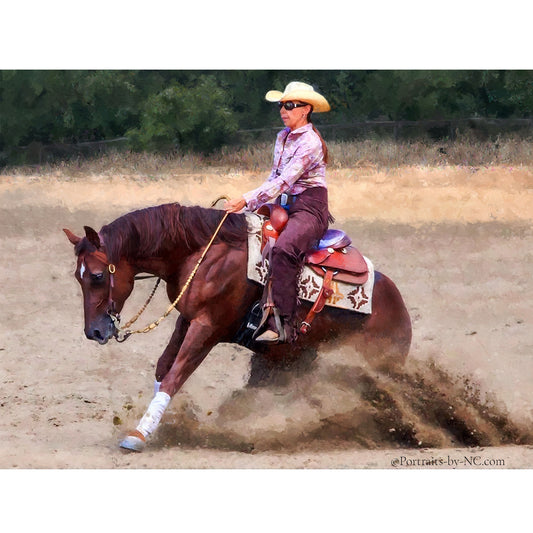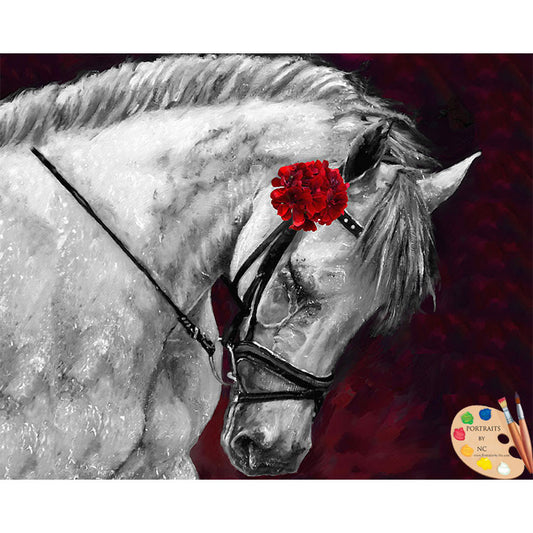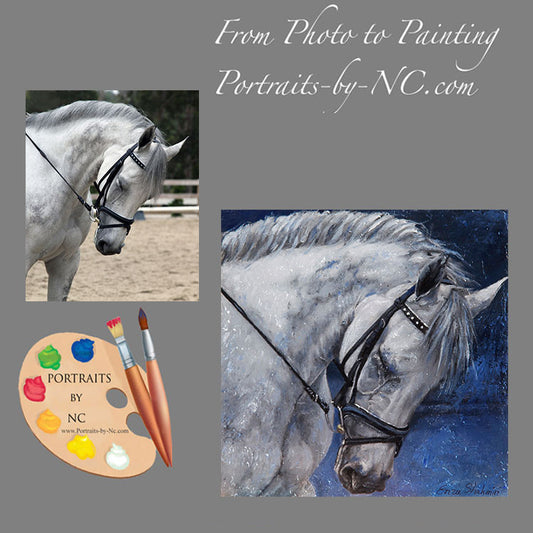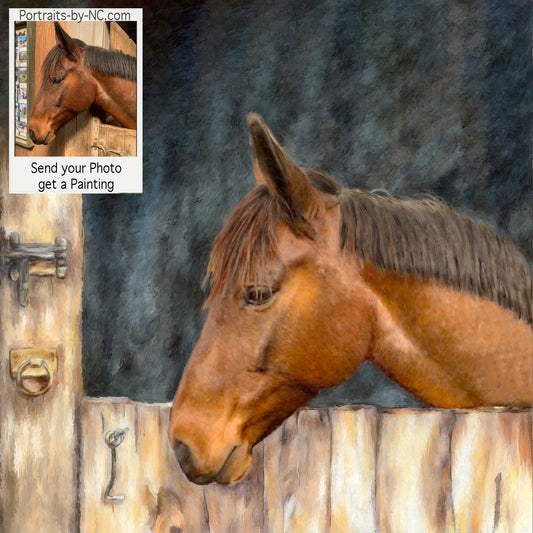Rustic Charm: A Miniature Home Inspired by Northwest Regional Style

There's something truly magical about the rugged beauty of the Pacific Northwest. Today we look at some inspirational dioramas that showcase this architectural style that capture the rustic elegance and seamless integration with nature that are the hallmarks of this architectural style.
Hallmarks of The Northwest Regional Style
The Northwest Regional Style, also known as Pacific Northwest Style, is celebrated for its profound connection to the natural environment. This architectural approach highlights the use of locally sourced materials, large windows that invite the outdoors in, and designs that blend seamlessly with the surrounding landscape.

Historical Significance
The Northwest Regional Style emerged in the mid-20th century, as architects in the Pacific Northwest sought to create homes that responded to the region's unique climate and natural beauty. This style is heavily influenced by the principles of organic architecture, championed by Frank Lloyd Wright, and incorporates elements of modernism with a focus on simplicity and functionality.

Influential Architects and Artists
Pioneering architects like Pietro Belluschi, John Yeon, and Paul Kirk played a crucial role in shaping the Northwest Regional Style. Their designs are renowned for seamlessly integrating with the natural landscape, utilizing natural materials, and prioritizing sustainability. These architects offer a wealth of inspiration for miniature enthusiasts looking to capture the essence of this style in their models.
Design and Elements

Structure and Materials
This exquisite miniature diorama showcases a charming two-level home with a steeply pitched roof and large windows, emphasizing wood and stone elements. Elevated on a stone foundation, this structure exudes rustic charm and seamlessly blends with its natural surroundings. The use of local materials, such as cedar wood and river stone, epitomizes the Northwest Regional Style.
Crafted with meticulous attention to detail, the model features high-quality materials, including fine wood for the structural elements, detailed resin for the stonework, and realistic artificial plants to enhance the natural setting. The craftsmanship ensures that every element, from the wooden beams to the stone foundations, is rendered with stunning accuracy.

Colors and Aesthetics
The color palette is a harmonious blend of earthy tones and natural hues. The warm browns of the wood and the cool greys of the stone are complemented by the greens of the surrounding foliage and the vibrant colors of the flowers. This cohesive color scheme enhances the overall aesthetic, creating a scene that is both inviting and true to the Northwest Regional Style.
Similar Architectural Examples
For those inspired by this beautiful diorama, several architectural styles and designs share similar characteristics:
- Organic Architecture: Emphasized by Frank Lloyd Wright, this style integrates structures with their natural surroundings, using natural materials and designs that mimic organic forms.
- Rustic Modern: This style combines modern design elements with rustic materials, creating a warm, inviting aesthetic that blends with the natural environment.
- Craftsman Style: Known for its handcrafted stone and woodwork, this style emphasizes simplicity, structural honesty, and harmony with nature.
Tips for Aspiring Miniature Enthusiasts
Creating a miniature model as detailed and captivating as this Northwest Regional Style home requires dedication, creativity, and a keen eye for detail. Here are some tips to help you achieve similar results in your miniature projects:
- Invest in High-Quality Materials: Use fine wood, detailed resin, and realistic artificial plants to ensure your model looks authentic and stands the test of time.
- Plan Your Design Carefully: Sketch your ideas and create a detailed blueprint before starting construction. This will help you visualize the final product and make necessary adjustments.
- Focus on Intricate Details: Pay close attention to small elements like windows, beams, and floral arrangements. These details bring your miniature to life.
- Experiment with Color: Choose a harmonious color palette that reflects the theme of your model. Mixing earthy tones with vibrant hues can create visual interest and cohesion.
- Incorporate Natural Elements: Adding realistic plants, stones, and other natural touches can enhance the charm and authenticity of your diorama.
- Learn from the Masters: Study the work of architects and artists who inspire you. Analyzing their techniques and styles can provide valuable insights for your own creations.
Hashtags: #MiniatureDiorama #NorthwestRegionalStyle #OrganicArchitecture #RusticModern #CraftsmanStyle #MiniatureArt #ArchitecturalMiniatures #ArtInMiniature #MiniatureInspiration #SmallWorldMiniatures #MiniatureHome #RusticCharm #NorthwestStyle #HandcraftedArt #Miniatures #MiniatureHome #RusticCharm
Here are some supplies that can get you started on planning your Pacific Northwest inspired Diorama.
